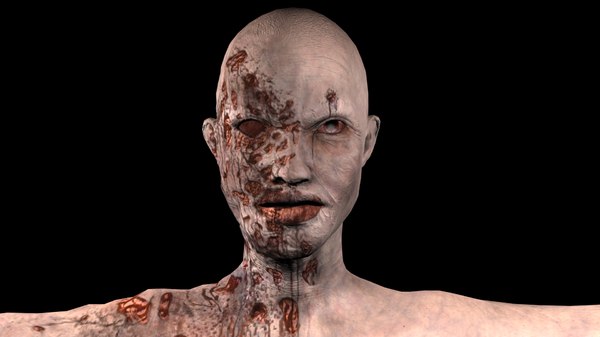

This is the process of creating a skeleton of joints to control the movements of your model.ģD packages provide a number of ways to create joints for your humanoid rig. Skin Mesh, textured and triangulated Rigging Where possible, cap holes, weld verts and remove hidden faces, this will help with skinning, especially automated skinning processes. This will also make it easier to position your rig inside the mesh. This will help allow space to refine polygon detail where you need it (e.g. Since a character typically walks upright on a floor, it is much easier to handle if its anchor point (ie, its transform position) is directly on that floor.


A lot can be learned by studying existing 3D character meshes to see how the topology is arranged and why. A poor topology will not allow the model to move without unsightly distortion of the mesh. The exact nature of a “sensible” structure for your mesh is rather subtle but generally, you should bear in mind how the vertices and triangles of the model will be distorted as it is animated. Although this is a whole subject in its own right, there are a few guidelines you can follow to ensure a model works well with animation in a Unity project. This is the process of creating your own humanoid mesh in a 3D modelling package - 3DSMax, Maya, Blender, etc. There are three main steps in creating an animated humanoid character from scratch: modelling, rigging and skinning.


 0 kommentar(er)
0 kommentar(er)
